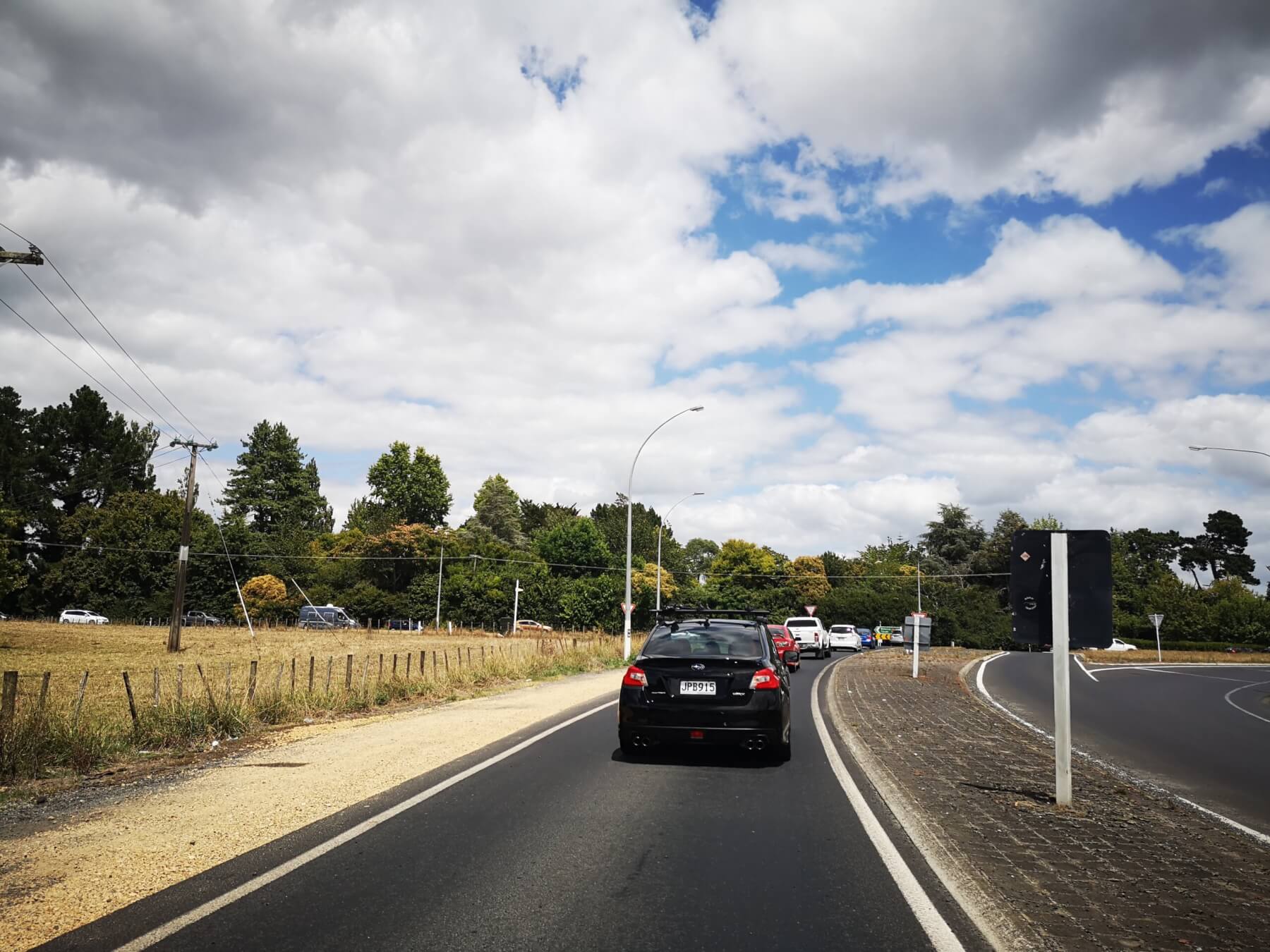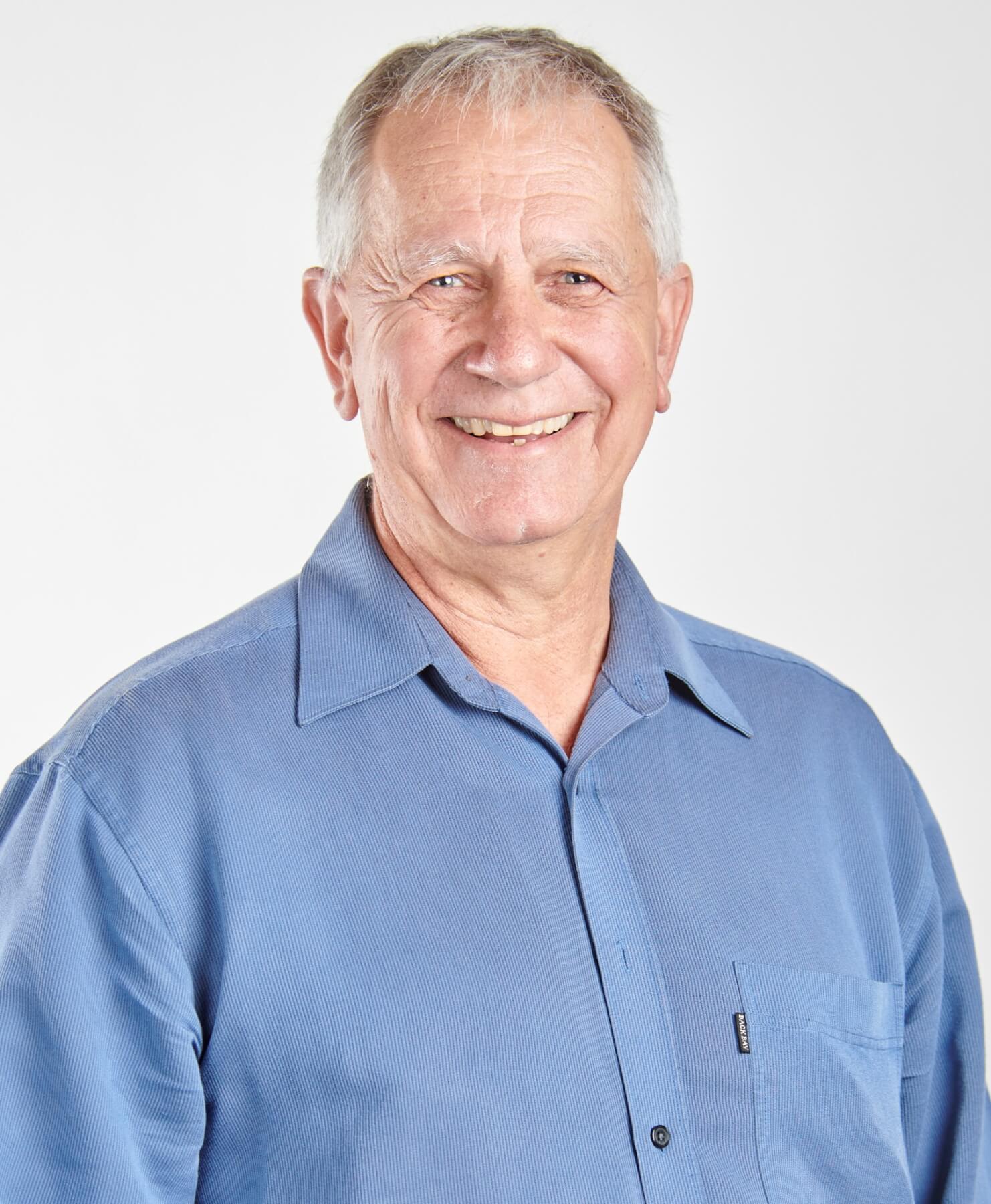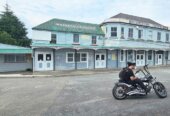
Cars waiting to turn right onto SH1 Piarere from SH29. File photo: Mary Anne Gill.

Mike Keir
The local government reform process continues at a slow pace and road deaths make grim reading.
The fact that Local Government New Zealand have chosen not to make some of the issues raised in the local government reform report an election issue is a lost opportunity for both debate and engagement. It appears the organisation is unable to achieve consensus on pushing a few key messages. If they do not focus, they will achieve nothing as usual. That focus should be on funding.
On a different issue, it was disappointing that Labour discontinued the motorway building programme that National had started. The road to zero programme has delivered negative progress with our road toll higher now at 376 than it was 10 years ago at 254, and this after 30 years of steady decline. In Japan from 2010 to today they brought their road toll down from 5000 to 2600. This would equate to 100 in NZ terms. The Japanese were able to maintain their downward trend while we have lost the plot. The best tool for reducing our road toll is divided carriageways.
What we need to do is restart the motorway programme with the Cambridge to Piarere section and then continue with the next stage and the next so there is a pipeline of work and at the same time start work on two dual carriageway tunnels through the Kaimai Range so that they are ready by the time the motorway reaches them.
I think we should get some Japanese engineers over here to advise us about building tunnels. Also, If we are serious about reducing carbon emissions then not hauling all that freight to and from the Port of Tauranga over a 500-metre-high hill will generate a lot of carbon savings and at the same time build a second Kaimai rail tunnel.
Infrastructure is a good investment and government debt is not the same as personal debt due to the payback horizons and revenue streams. Infrastructure will never be cheaper than it is today and we get the use of it and the money goes into the system and round and round. Why wouldn’t you? As it looks like we are heading into a recession this would be a good investment for other reasons too – the word resilience springs to mind. The key areas of investment needs to be in efficiency and quality. You should not touch a motorway for at least 30 years after construction as they are expensive to do maintenance work on.
Hence build them well, not the way they were built at Rangiriri and Ngaruawahia. And don’t take two years too long, like in Hamilton, and blow your budget by $700million.
I found a recent trip to Japan informative. I saw about 100 road cones in total over many hundreds of kilometres on motorways and arterial roads. The longest section of roadworks I saw was around 200 metres. They seemed to be focused on reducing inconvenience to the road user while we specialise in maximising it. Case in point – five kilometres of motorway coned to one lane at Rangiriri on a weekend with no works going on and two kilometres of traffic backed up.
It brings to mind Tamahere, where we opened a new motorway and then drove the public mad by reducing the section south of that to one lane for six months.
I left the roading industry because of the madhouse it had become by being regulated into unproductivity. There needs to be a change.
Also, we need some serious debate on electric vehicles. The materials required in their construction including cadmium, lithium and nickel among others are either incredibly toxic to mine or environmentally destructive in the case of nickel.
The mining practices exploit poor communities – and where is the power coming from to charge these vehicles? Burning coal at Huntly Power Station? I would stress, these are my personal views.

Traffic snarl ups at the Tamahere interchange. Photo: Roy Pilott








